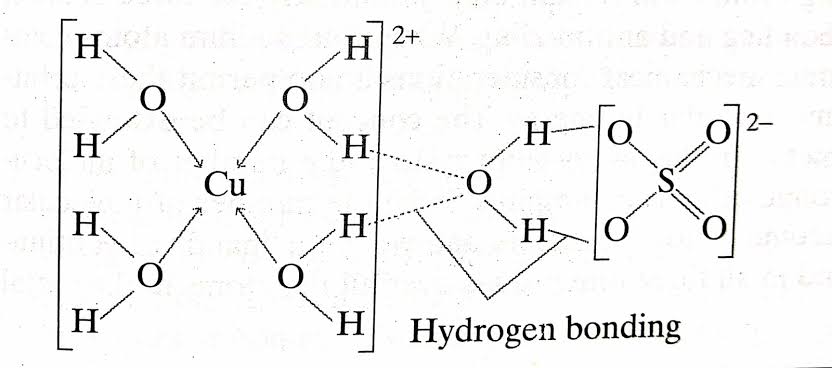My book says that the structure of blue vitriol is the following:
From the structure, I figured that since there are 4 water molecules coordinated to the cuprate ion, the hybridization should be $sp^3$. But when I googled, I saw that people were saying its hybridization is $sp^3d^2$. Why would that be true?



